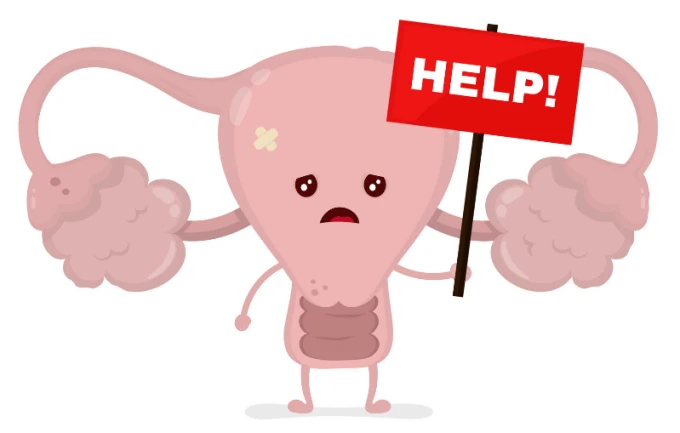STAGE IN WOMAN: PREGNANCY
Gestation is the period of time between conception and birth. Pregnancy can be achieved naturally, or after assisted reproductive treatment, (IVF/ICSI or egg donation). PRIOR TO PREGNANCY If you are thinking about getting pregnant, keep the following recommendations...
STAGES IN WOMAN: PUBERTY
Puberty is the stage of life where the physical and mental development (maturity) of women begins, with changes that begin the passage to adulthood. It constitutes the first phase of adolescence. At this stage, girls begin to develop secondary sexual characteristics...
POLYCYSTIC OVARY AND ASSISTED REPRODUCTION (IVF/ICSI)
First of all, it is necessary to clarify the difference between Polycystic Ovary (PO) and Polycystic Ovary Syndrome (PCOS), since they are often confusing, especially when the patient is interested in undergoing a fertility treatment, either Insemination or In Vitro...
SPERM DNA FRAGMENTATION CHIPS IN FERTILITY TREATMENTS (IVF-ICSI)
One of the possible causes of male infertility is sperm DNA fragmentation. It is a problem that can make it difficult to achieve a pregnancy or that can negatively affect the results of assisted reproduction treatments (IVF/ICSI) (lower fertilization rates, low embryo...
THE ENERGY OF THE EGG CELLS: THE MITOCHONDRIA
Mitochondria are some formations in the cells, where energy is produced to perform the different functions of our body, especially for the oocyte, which is the motor cell that will drive the development of a new human being and is vital both for natural reproduction...
NON-INVASIVE ANALYSIS OF THE EMBRYO IN FERTILITY TREATMENTS (IVF-ICSI)
Until now, the genetic analysis of embryos was carried out using the technique of Preimplantation Genetic Diagnosis or PGD, which consists of the extraction of a few cells from each of the embryos that we want to analyze to know their chromosomal endowment and to know...
GESTATION AND VITAMINS (IVF)
Vitamin B9 or Folic Acid is involved in the proper development of the neural tube, and in the synthesis of DNA and RNA, places of genetic information in cells, helping the body to constantly produce new and healthy cells. Taking folic acid during pregnancy helps to...
GENETIC MATCHING IN FERTILITY TREATMENTS (IVF / ICSI)
Every time we have a greater knowledge about genetics and how it can determine our traits and characters in our lives, as well as the development of diseases and their transmission. When we consider having offspring, we are struck by doubts about what genetic...
ADENOMIOSIS AND ASSISTED REPRODUCTION (IVF / ICSI)
Adenomyosis is the growth of endometrial tissue in the uterine muscle, unlike endometriosis in that one located outside the uterus. This tissue depends also on changes in the ovarian cycle, causing the focus of this endometrial tissue to tend to increase and suffer...
ROPA METHOD IN FERTILITY TREATMENTS
When a couple made up of two women considers starting fertility treatment to become mothers, there are several options: Artificial Insemination and In Vitro Fertilization with donor sperm. However, there is a lesser-known variation of conventional In Vitro...
PROLACTIN AND ASSISTED REPRODUCTION (IVF)
Prolactin is a hormone produced in the pituitary gland, which is placed in the brain and stimulates the secretion of milk to breastfeed after childbirth. It also blocks the ovulation process while breastfeeding, preventing a second pregnancy before the mother’s body...
VITRIFICATION OF OOCYTES IN PATIENTS WITH BREAST CANCER
Although this type of cancer is more frequent in women who have already lost their fertility, there has been an increase in the last 30 years. Among the population aged 25 to 39, from 1.5 to 2.9 cases per 1,000 inhabitants. Due to the increase in early ages, and with...












